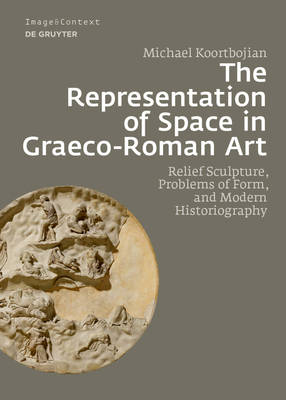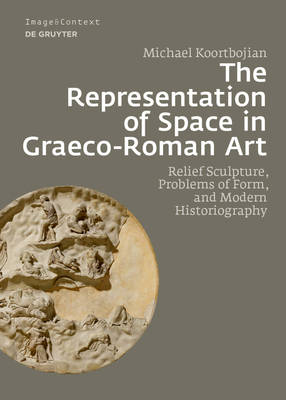
- Retrait gratuit dans votre magasin Club
- 7.000.000 titres dans notre catalogue
- Payer en toute sécurité
- Toujours un magasin près de chez vous
- Retrait gratuit dans votre magasin Club
- 7.000.0000 titres dans notre catalogue
- Payer en toute sécurité
- Toujours un magasin près de chez vous
Description
This book assesses the role of relief in the representation of space in Graeco-Roman artistic practice and its study - from Winckelmann to the mid-twentieth century - when Classical art developed as a theoretical discipline. The role of relief in the history of ancient sculpture has long been acknowledged, yet the problems posed by an engagement with the representation of space have not been a subject of specific and sustained inquiry. Neither a conventional history nor a comprehensive historiography, this book traces the study of relief - of its formal character, its artistic purpose, its aesthetic significance, and its historical treatment. The contribution to scholarship is three-fold: (1) By means of a wide array of examples, the book demonstrates that the visual strategies employed to represent space during the Graeco-Roman period were a continuously evolving repertory tied to the refinement of techniques and the transformation of styles that those techniques brought into being. (2) It examines ideas now commonplace, based on scholarship now long-neglected if not completely forgotten. And (3) it reveals how competing interpretations of the representation of space in relief elaborated new approaches to the monuments and their representations.
Spécifications
Parties prenantes
- Auteur(s) :
- Editeur:
Contenu
- Nombre de pages :
- 368
- Langue:
- Anglais
- Collection :
- Tome:
- n° 24
Caractéristiques
- EAN:
- 9783111037400
- Date de parution :
- 06-11-23
- Format:
- Livre relié
- Format numérique:
- Genaaid
- Dimensions :
- 178 mm x 244 mm
- Poids :
- 1156 g

Les avis
Nous publions uniquement les avis qui respectent les conditions requises. Consultez nos conditions pour les avis.






